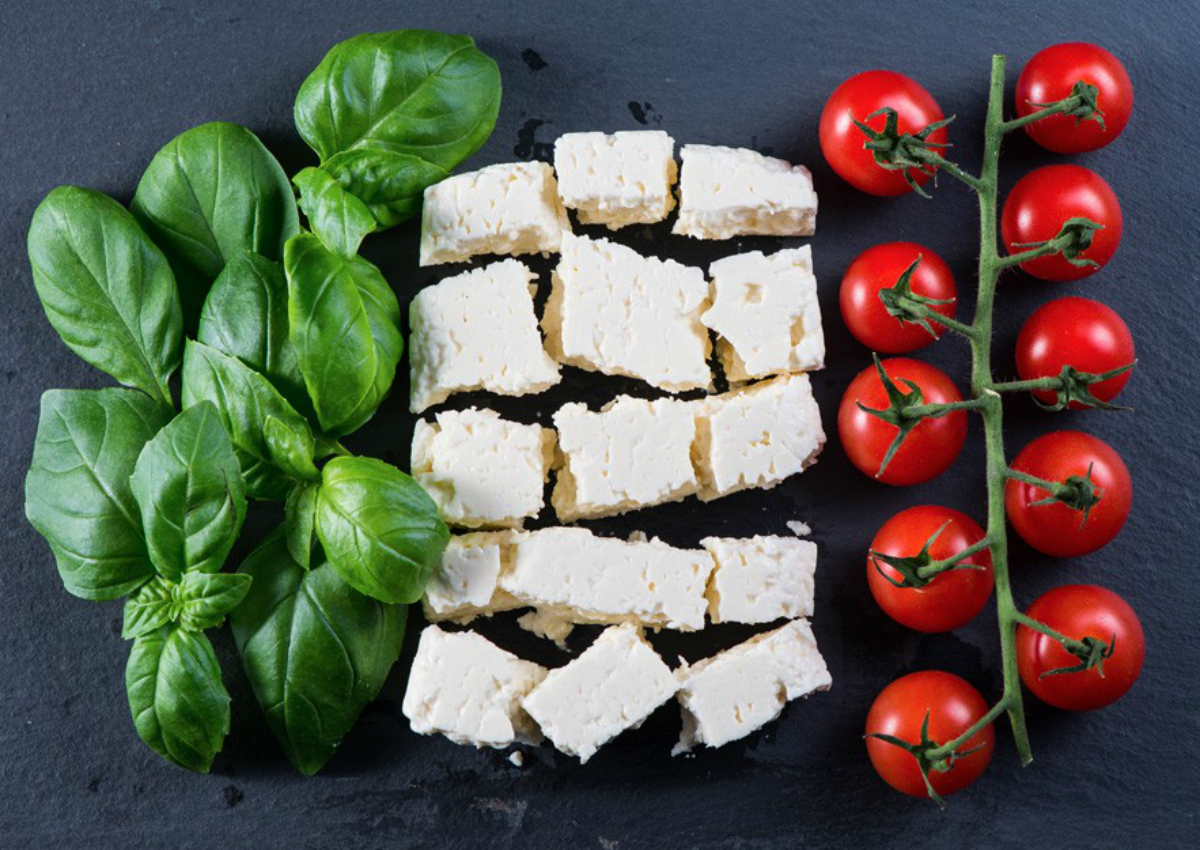
In 2023, Italy’s agri-food sector set new records in international trade. Exports surged by 6.6% year-on-year, reaching an all-time high of €63.1 billion—up from just over €42 billion in 2018—according to CREA, the Italian agriculture public research institute. Imports also peaked at €64.7 billion, an increase of 4.1% from 2022. These results have improved Italy’s agri-food trade balance.
The growth in export value was broad-based, benefiting nearly all major markets and products. Sales of processed meats and cheeses, including Grana Padano PDO and Parmigiano Reggiano PDO, rose by 8.3% in value and 6.1% in volume. Conversely, the import landscape was more mixed: following a spike in 2022 driven by global commodity price rises, imports of seed oils, raw coffee, and maize fell in value and volume in 2023. Price fluctuations continued to create a disparity between value and volume, although the gap was narrower than in the previous year.
Throughout 2023, import growth slowed progressively, culminating in a significant drop in the final months. In contrast, exports remained robust, particularly in the latter half of the year, leading to a marked improvement in the agri-food trade balance. The 2023 trade deficit narrowed to €1.64 billion, down by €1.34 billion from 2022.
MADE-IN-ITALY AGRI-FOOD EXPORTS SURGE
Exports of Made-in-Italy agri-food products, characterized by high added value and recognized internationally as distinctly Italian, exceeded €46 billion in 2023—an 8% increase over 2022. This growth was driven by processed goods (such as baked products and cheeses) and agricultural products, with vegetables seeing a 20% rise in value.
KEY MARKETS
The EU-27 countries remained the dominant destination for Italian agri-food exports, accounting for 59.4% of the total, and 70.5% of imports, with both shares increasing from 2022. The Asian market’s share fell, with imports from Indonesia and China declining by 16% and 21.5%, respectively, partly due to the ongoing Red Sea crisis.
Exports to Germany and France, Italy’s primary agri-food markets, grew by around 10%. Sales to the UK rose by 7.8%, while exports to the US increased more modestly by 2%.
OUTLOOK FOR 2024
Data for the first quarter of 2024 mirror late 2023 trends, with exports up 6.7% year-on-year and imports down by 2.5%. Exports of shelf–stable tomato products, including canned and peeled tomatoes, grew by over 10% in both value and volume. Overall, major export categories showed increases in both value and quantity.
“These results are a testament to the strength and global appeal of Italian agri-food products,” commented Italian Agriculture Minister Francesco Lollobrigida. “We will continue to bolster our international presence, recognizing that Made-in-Italy is a crucial engine for export growth.”
